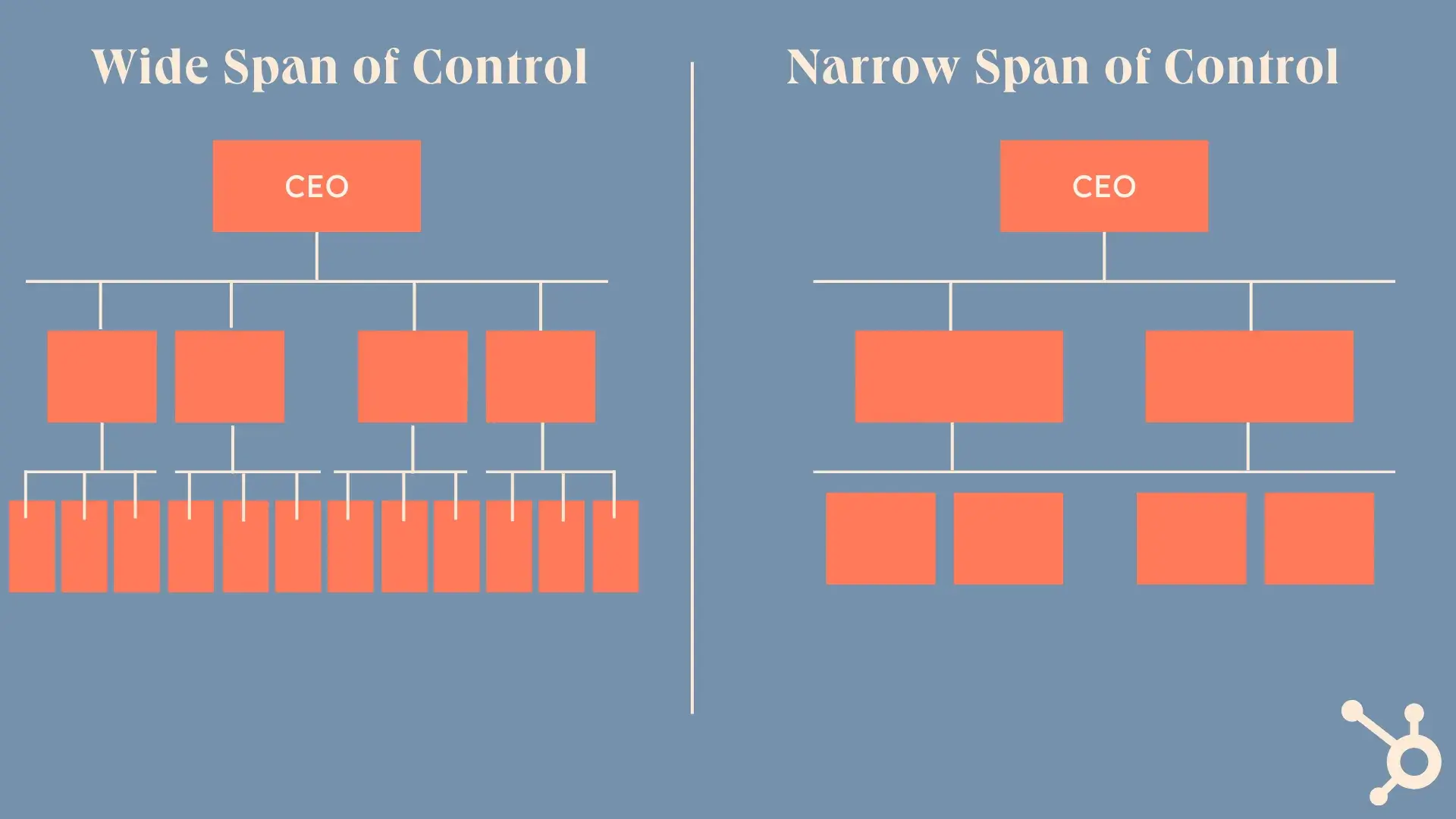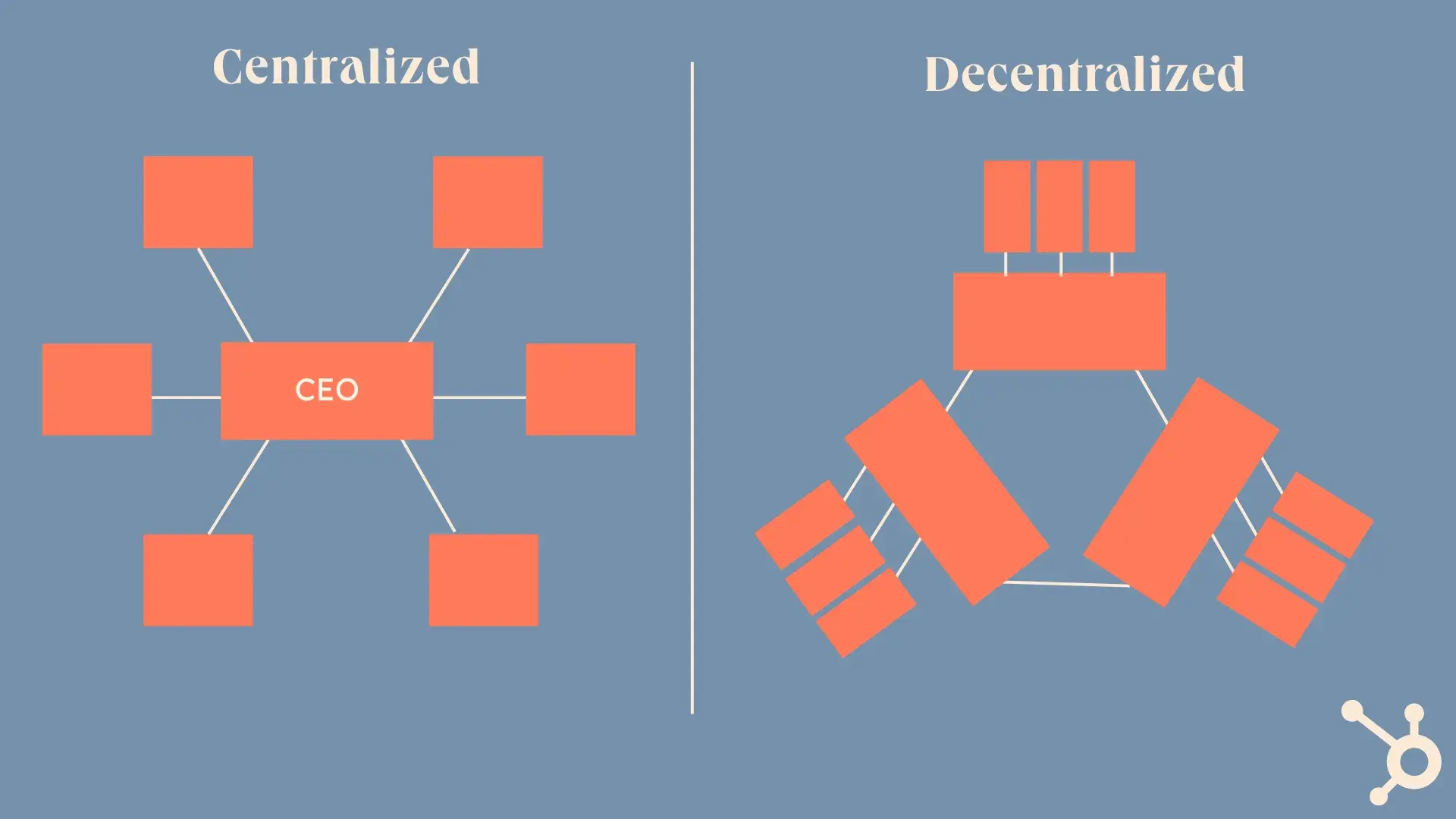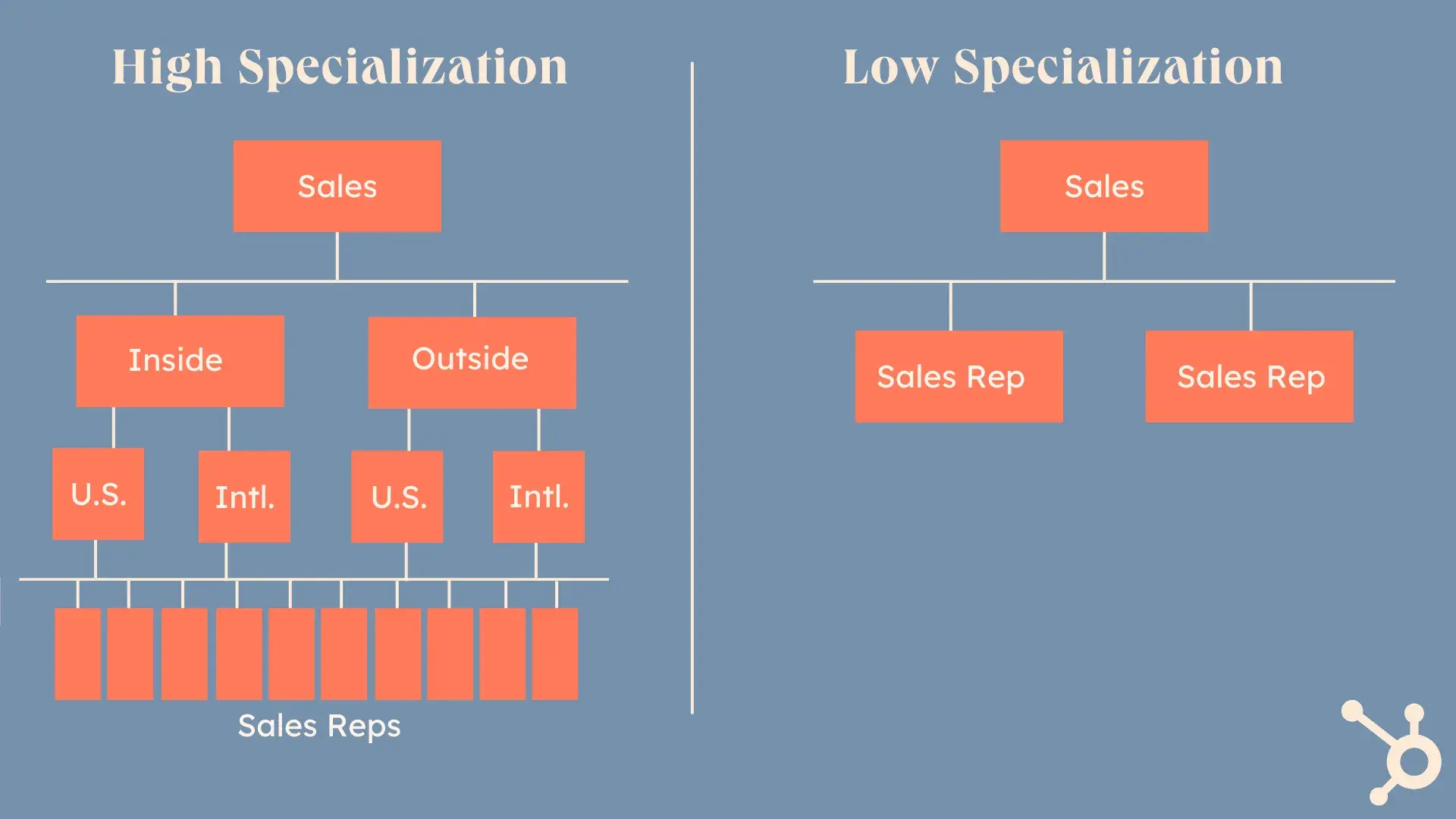The 9 Building Blocks of a Business’s Organizational Structure [With Diagrams]

By edevaney@hubspot.com (Erik Devaney)
I know that behind every great company, division, or team is a great organizational structure — a structure tailored to a company‘s, division’s, or team’s goals and one that helps employees understand how they fit into the bigger picture. These are the fundamental building blocks of your business.
A couple of months ago, I drew my own organization chart for the first time, and I was pretty proud seeing my company structure outlined in front of me.
Aside from my fulfillment, the organizational structure helped the team understand their position within the company, the team they’re a part of (even though they’re not always working together), and the significant role each person plays.
Without the proper structure and building blocks in place, a business may fail to function efficiently or even collapse. However, new business owners or businesses experiencing rapid growth may not know which organizational structure is best for them and why.
So how do you decide which type of organizational structure is the best fit for your company, division, or team? Before we can answer that, we first need to understand how an organizational structure is built.
Let’s explore nine key components of organizational structure using some visual examples.
1. Chain of Command
One of the most basic elements of an organizational structure, the chain of command, is exactly what it sounds like: an unbroken line of authority that extends from the top of the organization (e.g. a CEO) all the way down to the bottom. Chain of command clarifies who reports to whom within the organization.
2. Span of Control
Span of control refers to the number of subordinates a superior can effectively manage. The higher the ratio of subordinates to superiors, the wider the span of control.

3. Centralization and Decentralization
Who makes the decisions in an organization? If decision-making power is concentrated at a single point, the organizational structure is centralized. If decision-making power is spread out, the structure is decentralized.
While a decentralized structure promotes a more democratic decision-making process, it can also slow it down, making it more difficult for organizations to operate efficiently.

4. Specialization
Also known as division of labor, specialization is the degree to which activities or tasks in an organization are broken down and divided into individual jobs.
High specialization can be beneficial for an organization, as it allows employees to become “masters” in specific areas, increasing their productivity as a result.
However, low specialization allows for more flexibility, as employees can more easily tackle a broader array of tasks (as opposed to being specialized for a single task).

5. Formalization
Similar to specialization, …read more
Source:: HubSpot Blog

![→ Download Now: The Illustrated Guide to Org Charts [Free Guide + Templates]](https://no-cache.hubspot.com/cta/default/53/7cbd0328-6c8c-40e0-98dd-c3b6e6be96f0.png)







